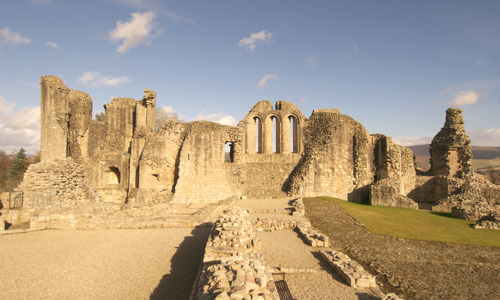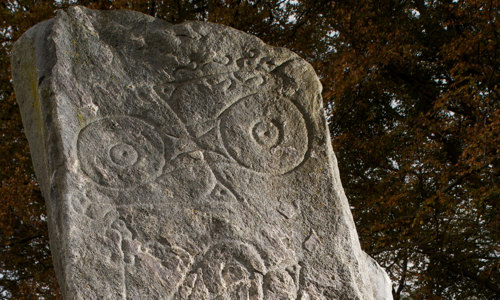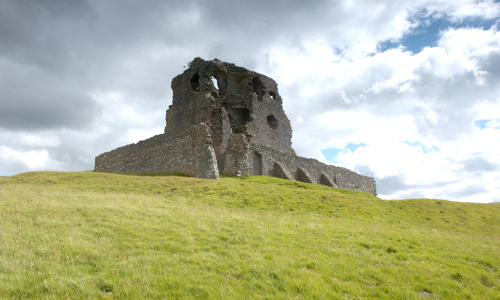History
A simple place of worship
St Mary’s Kirk was founded in the late 1200s or early 1300s and remained in use for around 600 years.
Few churches from this period survive so well, and the preservation of so many medieval features following conversion to Presbyterian worship is unusual.
The church was a simple rectangular building, divided into a nave and chancel by a wooden partition inside. It features a fine south doorway with dog-tooth moulding around the hood, capitals carved with foliage and moulded bases. This was the main entrance for the laity.
There was a less ostentatious door opposite, and a priest's door leading into the chancel. As well as the sacrament house, a holy water stoop and piscina are preserved in the chancel.
A fine fixture
The sacrament house was paid for in the early 1500s by Alexander Spittal, Prebendary and rector of King’s College, Aberdeen. Built into the north wall, this was a cupboard designed as an appropriate storage space for the wafer believed to become the body of Christ during transubstantiation.
The sacrament house is a particularly fine piece of furnishing. It’s carved to resemble a large monstrance – a vessel in which the host would be kept and displayed.
A similar sacrament house was installed at Kinkell Church by Spittal’s colleague Alexander Galloway. Such endowments were popular expressions of lay and clerical devotion.
Remodelled and reused
The sacrament house was made redundant during the Protestant Reformation of 1560, and the church was altered to make it suitable for reformed worship. The pulpit was moved to the centre of the south wall and the east gable was reconstructed in 1638, and a belfry was erected in 1664.
The fact that the sacrament house survived, perhaps covered up, is testament to the continuing strength of traditional religion in Aberdeenshire after the Reformation.
The church remained in use until 1810, when a new church was built 500m away.

















